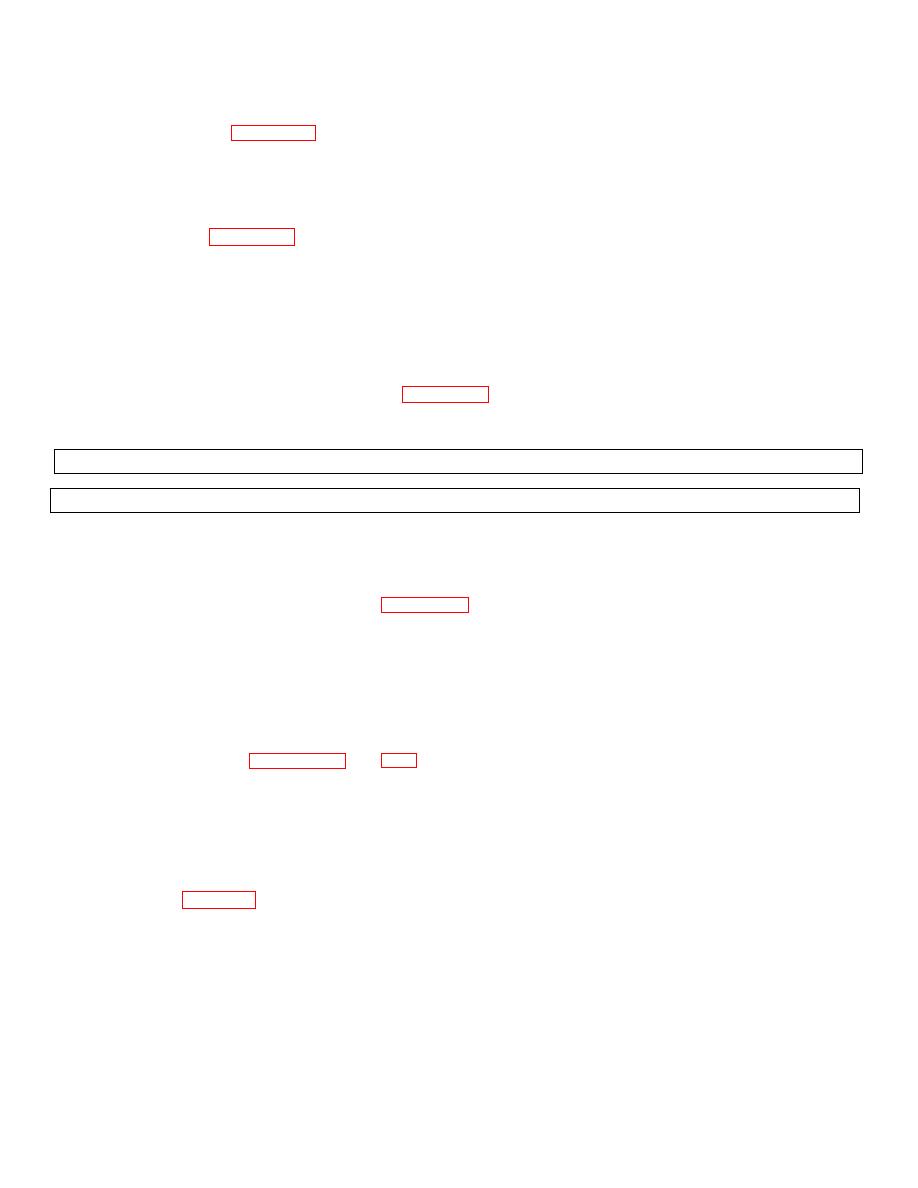
| Tweet |

Custom Search
|
|

|
||
 TB 55-1900-232-10
strips of leather, canvas, worming, parceling, rounding and serving. These materials are all used to lessen or prevent
chafing of the towline. See Figure 2-27
2-5.7.5 Capstans And Gypsy Heads. Capstans rotate on vertical shafts and are used for line-handling, but they are not
used as towing machines The prime mover of a capstan often is located below deck to permit the capstan to be
mounted so that the line travels relatively close to deck level. A Gypsy head, which is similar to a capstan, rotates on a
horizontal shaft and is usually powered as an auxiliary of a winch Gypsy heads, like capstans, are used for line-handling,
but not for towing. See Figure 2-28.
2-5.8 ATTACHMENT SYSTEM ON TUG.
2-5.8.1 Towing Machines. A towing machine is the "main battery" of a towing ship. It has a power driven drum which
serves as both the hard point of the attachment system and stowage for that portion of the towing hawser that is not in
use. The powered drum provides a variable length of wire towline. Most U S Navy towing machines have an automatic
control system that senses the towline tensile load and provides an automatic payout and reclaiming capability which
relieves the dynamic loads on the tow during the tow. Towing machines have a free-spooling feature which serves as a
quick-disconnect system for the towing hawser. See Figure 2-29
Most towing machines and winches have a "dog" system that positively holds the drum against towing loads.
CAUTION
When towing "on the dog," there is no hawser quick-release capability.
When towing "on the dog", the towing machine must be started up, engaged and the hawser heaved in slightly in order to
release the dog. Therefore, when towing on the dog, there is no quick-release capability.
2-5.8.2 SMATCO Winch. All U S. Navy towing ships have automatic towing machines, except the T-ATF' , which use a
s
SMATCO winch. The SMATCO winch, shown in Figure 2-30, does not have automatic control features. Towing usually
is performed with the diesel engine power plant shut down and the winch drum restrained by either a brake or dog. As
always, when towing on the dog, there is no quick- disconnect feature. To release the drum for free spooling, or routine
payout, the diesel engine must be started and the clutch engaged to heave the hawser in slightly, to allow the dog to be
released. The process is similar to the dog-releasing procedure for automatic machines, but may take considerably
longer to execute
2-5.8.3 Traction Winches. When the synthetic fiber line towing hawser was introduced in Navy towing, the multi-sheave
traction type winch was introduced to provide the hard point for attachment, as well as payout and heave-in features for
changing the towline scope. Figures 2-29 and 2-31 show typical multi-sheave traction winches. These winches also
provide part of the function of transporting the hawser to its stowage bins located below decks. The transport and back
tensioning is provided by a power block. Traction winches are installed on the T-ATF 166 Class Fleet hag and on the
ARS 50 Class Rescue Salvage Ship. The T-ATF traction winch has no automatic features, whereas the ARS 50 traction
winch has an automatic payout feature only. This feature provides peak tension relief in addition to that provided by the
spring in the synthetic hawser, an automatic reclaim feature is not installed. When operating in the automatic mode,
periodic heave-in, under manual control, may be required to maintain the desired towline scope.
(Text continued on page 2-42.)
2-38
|
||
 |
||